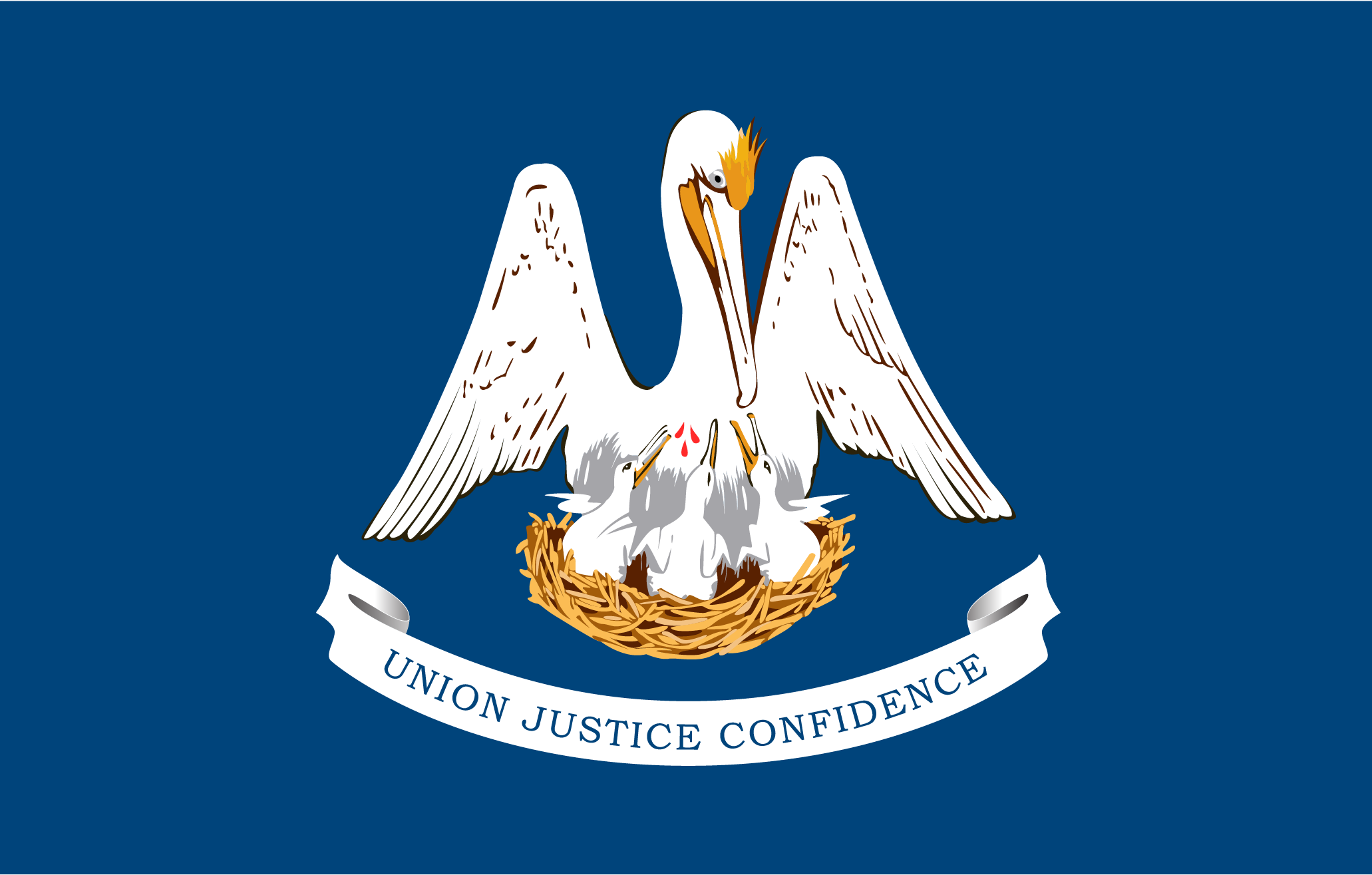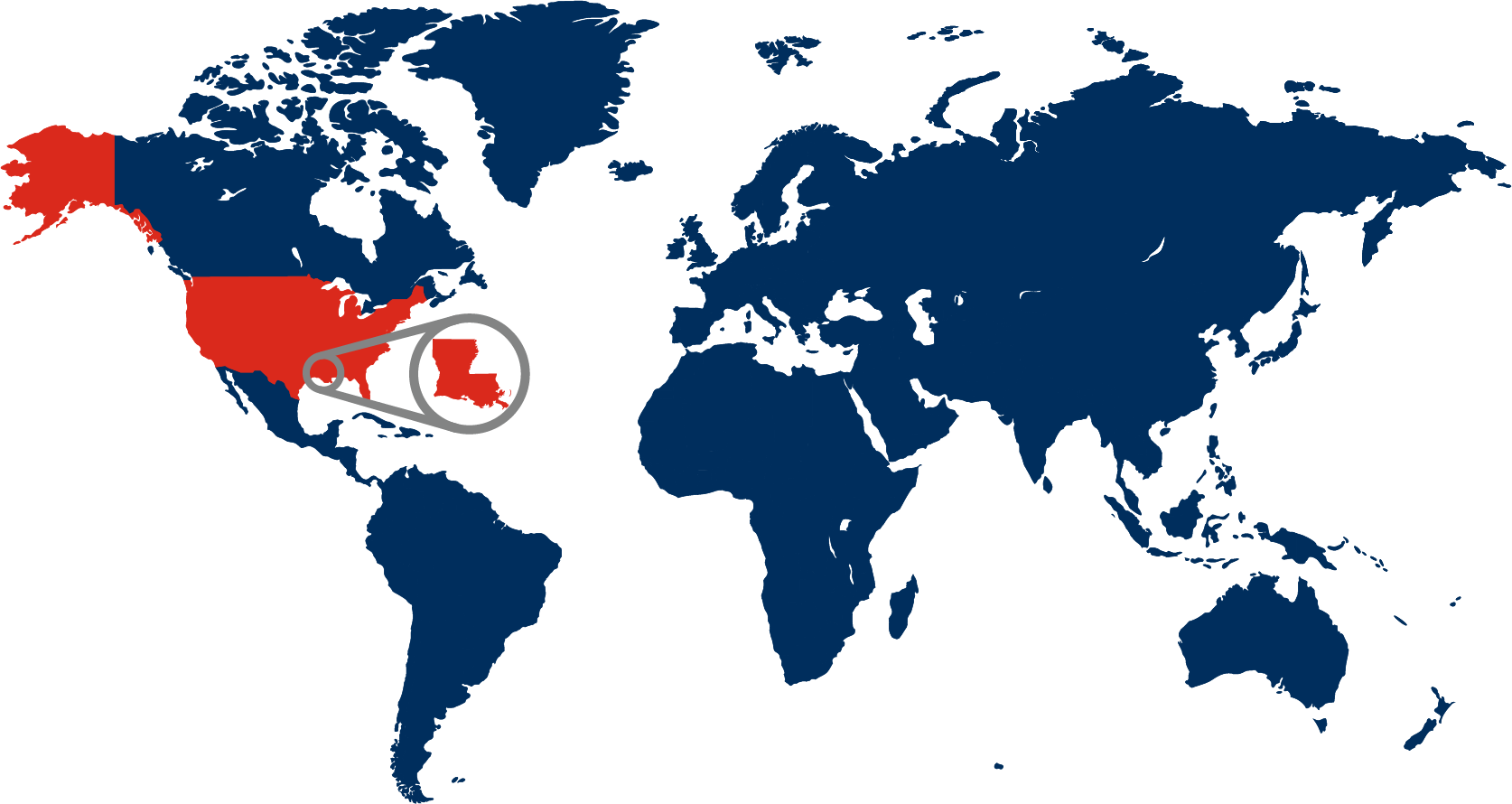Louisiana Travelogue
Articles
Travelogues
View more from News & Articles or Primerus Weekly

Tom Kirvan
Louisiana, often referred to as the Bayou State with a population of approximately 4.6 million people, is a melting pot of French, Spanish, African, and American cultures, which is vividly reflected in its traditions, language, and everyday life.
Bordered by Texas, Arkansas, and Mississippi, Louisiana also serves as a gateway to the Gulf of Mexico. The state is renowned for its expansive wetlands including the Mississippi Delta, which plays a crucial role in the local ecosystem. Louisiana's landscapes range from lush forests and fertile plains to the mysterious and alluring swamps and bayous, which have been the backdrop for countless folktales that play a vital part in the state’s identity.
New Orleans is the state’s most populous and prominent city with nearly 400,000 residents, and goes by such nicknames as “The Big Easy” and “The Crescent City,” the latter of which refers to the bend in the Mississippi River that resembles a crescent moon.
The history of Louisiana is as colorful as a Mardi Gras parade. One of the pivotal moments in its past is the Louisiana Purchase in 1803, when the United States acquired approximately 827,000 square miles of land from France for $15 million. This acquisition doubled the size of the young nation and opened up the paths to the westward expansion. The state was named after Louis XIV, the King of France from 1643 to 1715.
Louisiana's cultural history is deeply influenced by its French and Spanish colonial past. This is evident not just in the historic architecture and place names, but also in the legal system which still retains elements of the Napoleonic Code. Mardi Gras in New Orleans is an iconic festival that dates back to French Catholic settlers celebrating the traditional period before Lent.
The linguistic landscape of Louisiana is uniquely characterized by its French Creole and Cajun French dialects, remnants of its colonial past. While English is predominantly spoken, these French dialects are preserved and cherished as a significant part of the state’s heritage, adding to the rich cultural diversity of our nation’s 18th state when admitted to the Union in 1812.
Must-See Tourist Attractions


Capital: Baton Rouge
Population: 4.6 million
Economic Engines: Tourism, chemical and petroleum products
Highest Elevation: Driskill Mountain, 535 feet
Primerus Members:
From the jazz clubs of New Orleans to the serene swamps of the Atchafalaya, Louisiana offers a little something for every traveler. Whether you're drawn by the allure of historical exploration, the call of the wild, or the warmth of Southern hospitality, Louisiana promises to be a destination that offers endless discoveries.